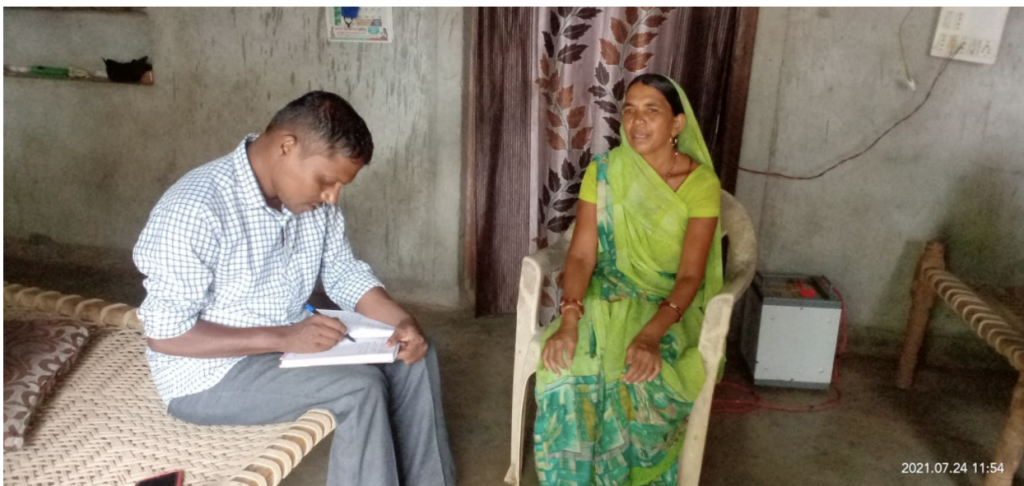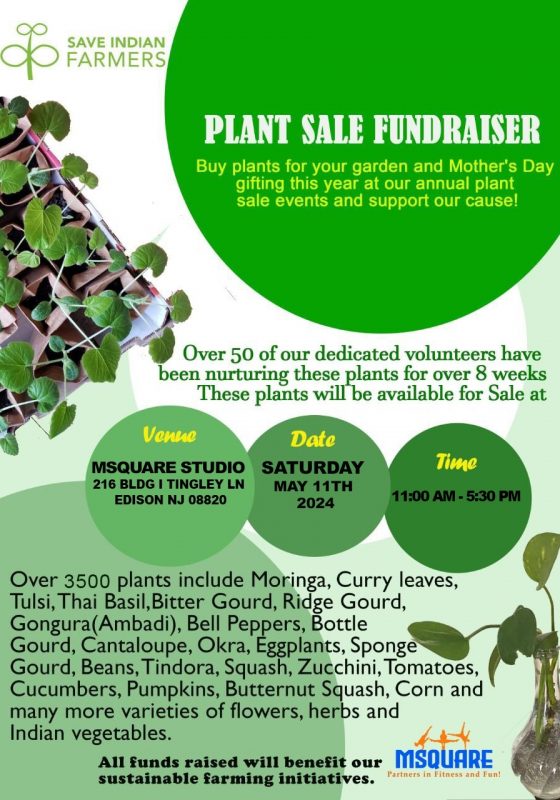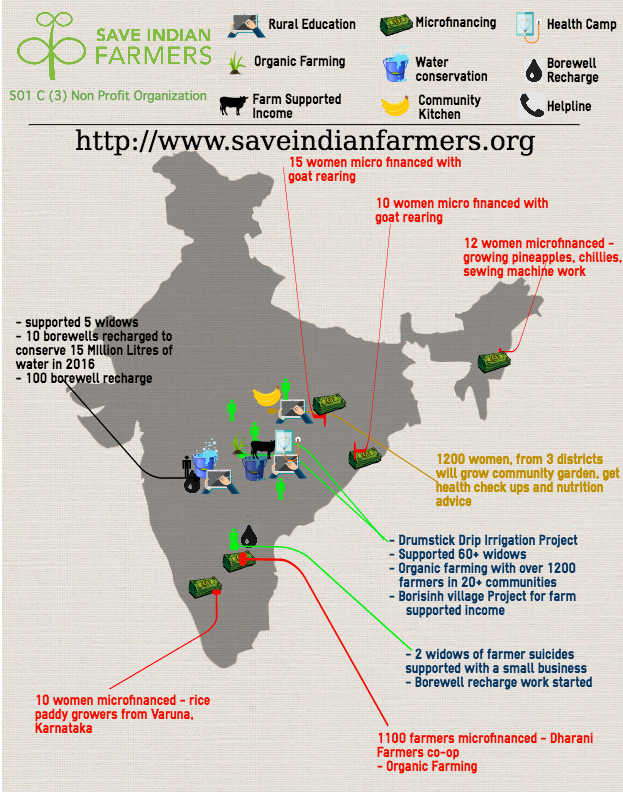Kanti Devi, a woman of the Saksham group formed by Vagdhara village in Sherangala says, “What do men know…we women are the ones who preserve the seeds, it is our responsibility. It has been in our culture since the time of our ancestors. We are the ones who know which seed to plant, where and in what quantity, how much to save for future use, how much to keep for food. Men are not too worried about all this.” This village with majority tribal families is one of many such villages located in the Banswara district of Rajasthan. Recognizing the deep link between crop diversity and tolerance, the Women Empowered Group of Farmers of Vaagdhara Sanstha is striving to ensure that the practice of conserving climate-tolerant traditional seeds continues. 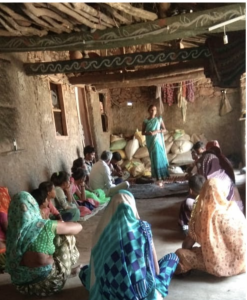 According to the Socio Economic and Caste Census (SECC)-2011, more than 76.38% of the households in the district belong to the Scheduled Tribes category. These tribes are mainly dependent on agriculture. They go to Gujarat for house building and construction work as daily wage labourers to maintain another source of livelihood. As per SECC-2011, about 60% of Banswara district’s land is un-irrigated. People do rain-fed cultivation of paddy, maize, tur and other pulses, moong and wheat.
According to the Socio Economic and Caste Census (SECC)-2011, more than 76.38% of the households in the district belong to the Scheduled Tribes category. These tribes are mainly dependent on agriculture. They go to Gujarat for house building and construction work as daily wage labourers to maintain another source of livelihood. As per SECC-2011, about 60% of Banswara district’s land is un-irrigated. People do rain-fed cultivation of paddy, maize, tur and other pulses, moong and wheat.
Kankundevi Masar of Falwa village smiled and said that her cultivation is at the mercy of the one above. Kukundevi says – “Apart from paddy and maize, we cultivate leafy vegetables and other vegetables like okra, flat beans, tomato, brinjal, chilli, pumpkin and turmeric in our courtyard for which Vagdhara gives us seeds. We also have cilantro, papaya and mango trees, which meet our domestic needs.” In this complex agriculture environment with a deep affinity for diversity and resilience, women play the most important role, as the custodians of this vast diversity of indigenous seeds.
Women and Seed Protection
Like other communities around the world, women belonging to the tribal swaraj organizations and empowered women’s groups of the region play a vital role in passing on seed protection and seed protection knowledge from one generation to the next. How they learned it, how long they have been doing it – these questions get confused expressions and their response is – “We have been doing this since as long as we can remember, since childhood we were told by our mothers to do this. We have seen it done and we just continued to do that.” This knowledge has also been affected to some extent by the social role enjoyed by women in the agricultural system.
Lali Amrutlal Damor, a member of the Mahila Saksham group formed by Vagdhara, says – “While harvesting we see in which part of the field the crop has improved. We assess the seeds on the basis of their weight and quality and keep it separate while threshing.” This is our Bap Dada’s way of collecting seeds, which we have been doing. 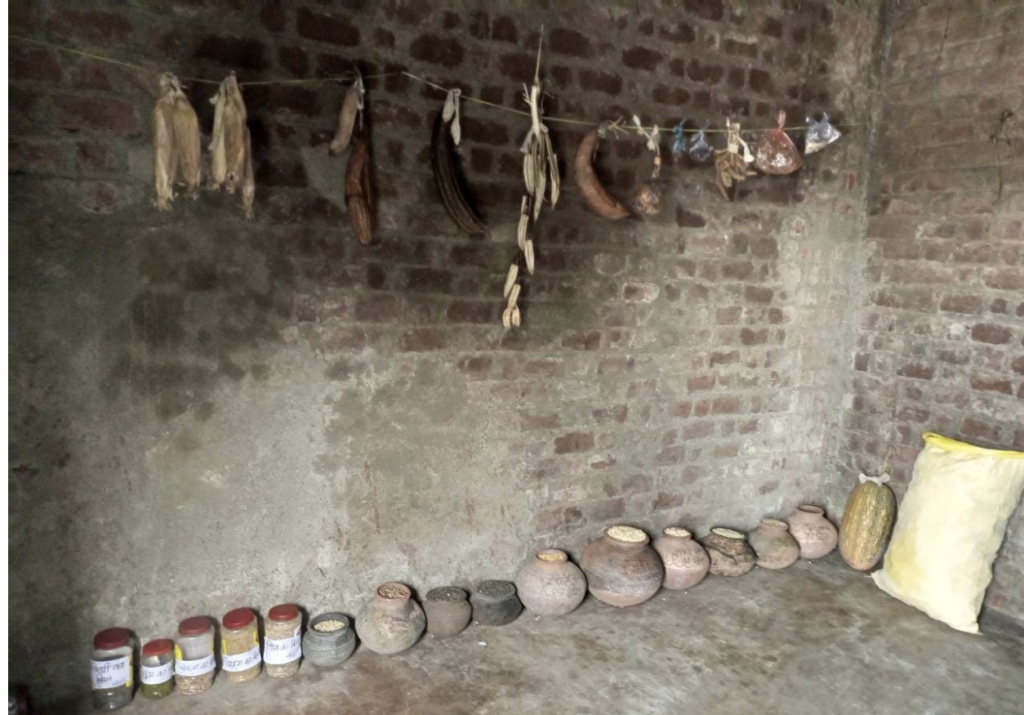 To maintain crop diversity, women farmers from the Saksham group of Vagdhara fill the selected seed in a sack, seal it and store it in a granary for the next season, which is called a ‘kothi’ there. Kanta Damor, a member of the Saksham Mahila group, says – “Similarly for vegetable seeds, once the fruit is ripe, we allow it to dry, separate the seeds and then store them. When the time for sowing approaches, we take them out for use.” Agreeing with his point, Shilpa Ramanlal Damor, a woman from the Saksham Mahila Samuhi group of Nanabukhiya village says, “We know how much seed to sow in which part of the courtyard. Based on how much we need for our family, we sow the seeds accordingly.”
To maintain crop diversity, women farmers from the Saksham group of Vagdhara fill the selected seed in a sack, seal it and store it in a granary for the next season, which is called a ‘kothi’ there. Kanta Damor, a member of the Saksham Mahila group, says – “Similarly for vegetable seeds, once the fruit is ripe, we allow it to dry, separate the seeds and then store them. When the time for sowing approaches, we take them out for use.” Agreeing with his point, Shilpa Ramanlal Damor, a woman from the Saksham Mahila Samuhi group of Nanabukhiya village says, “We know how much seed to sow in which part of the courtyard. Based on how much we need for our family, we sow the seeds accordingly.” 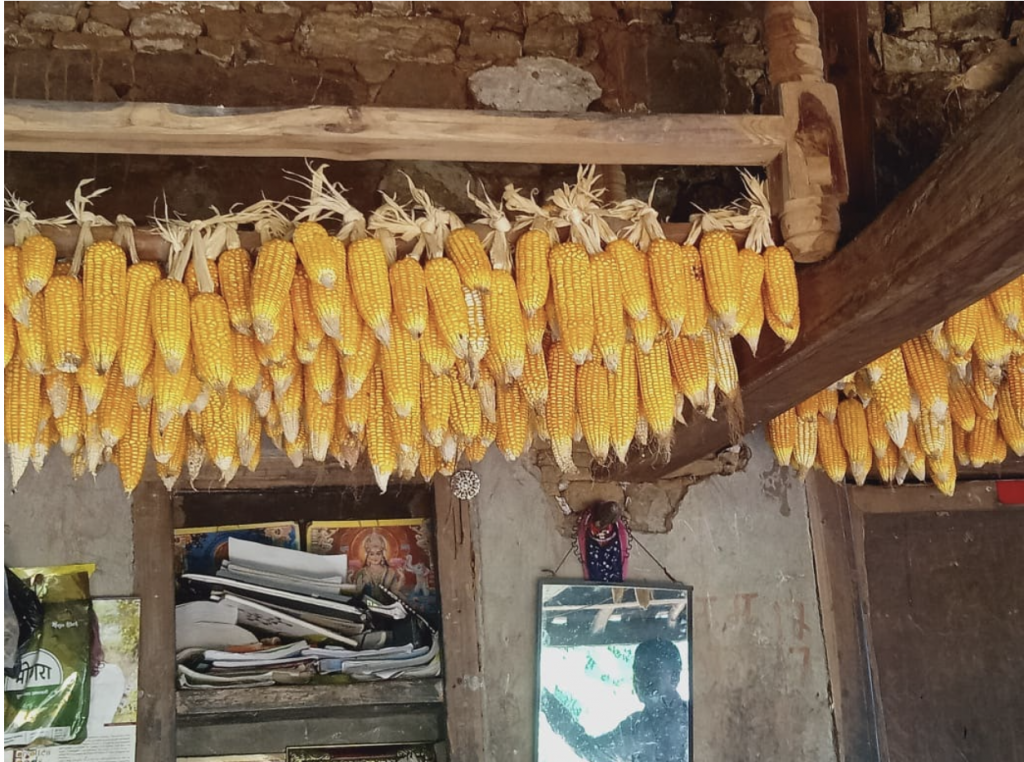 Another woman farmer, Sushila Bhikha Damor, from the Saksham Mahila group of Nanabhukhiya village, explained how this method resonates strongly with the knowledge of maintaining tolerance systems. She said – “We need different types of seeds. Each land is suitable for a different type of crop. Some grow well in waterlogged soils, some on sloping soils with little water. We decide accordingly.” Sushila Damor says – “Traditional rice seed varieties like patharia, cumin, black kamod and mota paddy have greater ability to withstand changes in rainfall patterns and survive the droughts during the mid-monsoon season.” In the current situation, while rural communities are facing the disproportionate effects of climate change and erratic rainfall, tolerance to fluctuating micro-climate conditions is critical for survival.
Another woman farmer, Sushila Bhikha Damor, from the Saksham Mahila group of Nanabhukhiya village, explained how this method resonates strongly with the knowledge of maintaining tolerance systems. She said – “We need different types of seeds. Each land is suitable for a different type of crop. Some grow well in waterlogged soils, some on sloping soils with little water. We decide accordingly.” Sushila Damor says – “Traditional rice seed varieties like patharia, cumin, black kamod and mota paddy have greater ability to withstand changes in rainfall patterns and survive the droughts during the mid-monsoon season.” In the current situation, while rural communities are facing the disproportionate effects of climate change and erratic rainfall, tolerance to fluctuating micro-climate conditions is critical for survival.
Reduced Market Dependence with Traditional Seed Preservation
The immediate effect of seed protection is that there is less dependence on the market for the purchase of seeds as well as food. Kali Devi Hardar says with great satisfaction that for the last 40 years she has not bought agricultural seeds, and has saved her money! Similarly, with vegetables grown around the house, women have less dependence on the market to buy vegetables. 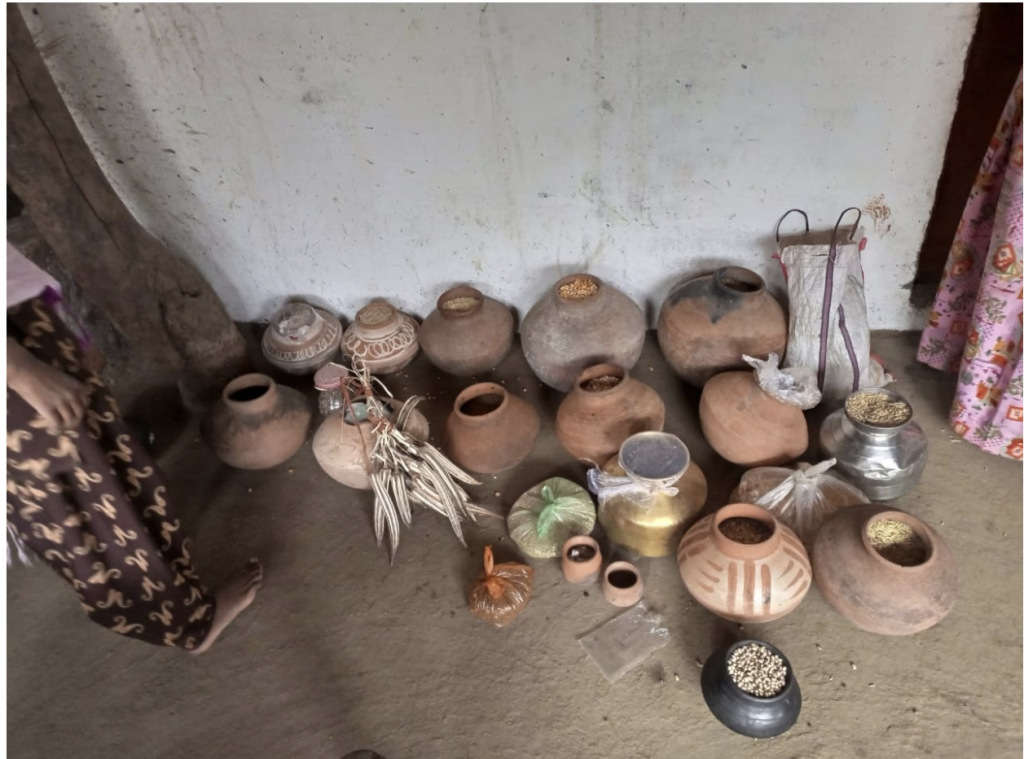 She says, “Even if we are able to meet the needs of our house for a few months, still it is enough for us. It helps us save money, which we had to spend to buy vegetables from the market.” Radha Prakash Katara, a member of the Saksham Mahila group formed by Vagdhara Sanstha of Vanda village, insisted – “The vegetables we get in the market are full of chemicals. The vegetables we grow in the land near our house for organic nutrition garden, we add only cow dung as manure in them. It is also beneficial for our health. We can easily differentiate the taste as well.”
She says, “Even if we are able to meet the needs of our house for a few months, still it is enough for us. It helps us save money, which we had to spend to buy vegetables from the market.” Radha Prakash Katara, a member of the Saksham Mahila group formed by Vagdhara Sanstha of Vanda village, insisted – “The vegetables we get in the market are full of chemicals. The vegetables we grow in the land near our house for organic nutrition garden, we add only cow dung as manure in them. It is also beneficial for our health. We can easily differentiate the taste as well.”
In a district like Banswara, where more than 91% of households have a monthly income of less than Rs 5,000, as per the District Employment and Income Report, dependence on cash income to meet their needs is critical.
Exchange of Seeds
What happens if a family cannot preserve a seed but needs it? The practice of seed conservation is closely related to another traditional system of seed exchange, which is deeply embedded in the social fabric of the communities. Babli Katara, a farmer woman from Vanda village who is in the group formed by Vagdhara, says, “If I do not have any particular seed, but my neighbour has it, I will take some seed from her and in return I will give her what she doesn’t have. This year I took bhindi and bottle gourd seeds from her and gave her pumpkin seeds.” The women of the whole village follow this custom.
Babli Katara says, “This practice has been going on since as long as I can remember.” This helps in maintaining the diversity of crops grown by a family, while also reducing the community’s dependence on the market for seeds. The women’s view of the need for a variety of seeds resonates with a flexible system. There is not only exchange of seeds, but also of produce. Babli Katara mentioned, “If the production of vegetables in someone’s field becomes more, any person of the village can take vegetables from them free of cost.”
In facilitating this exchange of seeds, rural institutions also play a role. With market forces entering the villages, there has been a slow but steady introduction of improved varieties and hybrid seeds into agricultural practices. Yet in such cases, rural organizations led by women have set the stage for reviving the exchange and use of traditional varieties of seeds. Kisan,
Babli Katara, a women empowerment group formed by Vagdhara in Pat village of Anandpuri Block said, “Seeds of various traditional varieties of paddy like Patharia, Kali Kamod and Jeera have been brought from Rupkheda village of Baju and distributed among the farmers of our village.” Such exchanges take place on the condition that the recipient will, after the harvest, give seeds to more farmers in the village. Babli Katara says, “Women of the village are also exchanging vegetable seeds with each other in meetings. Earlier I could only trade seeds with one or two women; now in my meetings, I can exchange seeds with more women.” Many villages have also started celebrating seed exchange festivals to give more impetus to this practice.
The women living in this area are determined to preserve and protect these systems of seed protection and exchange. ________________________________________________________________________________
Authored by:
Vikas Parsharam Meshram
Program Officer, Vaagdhara
Volunteer, Save Indian Farmers

